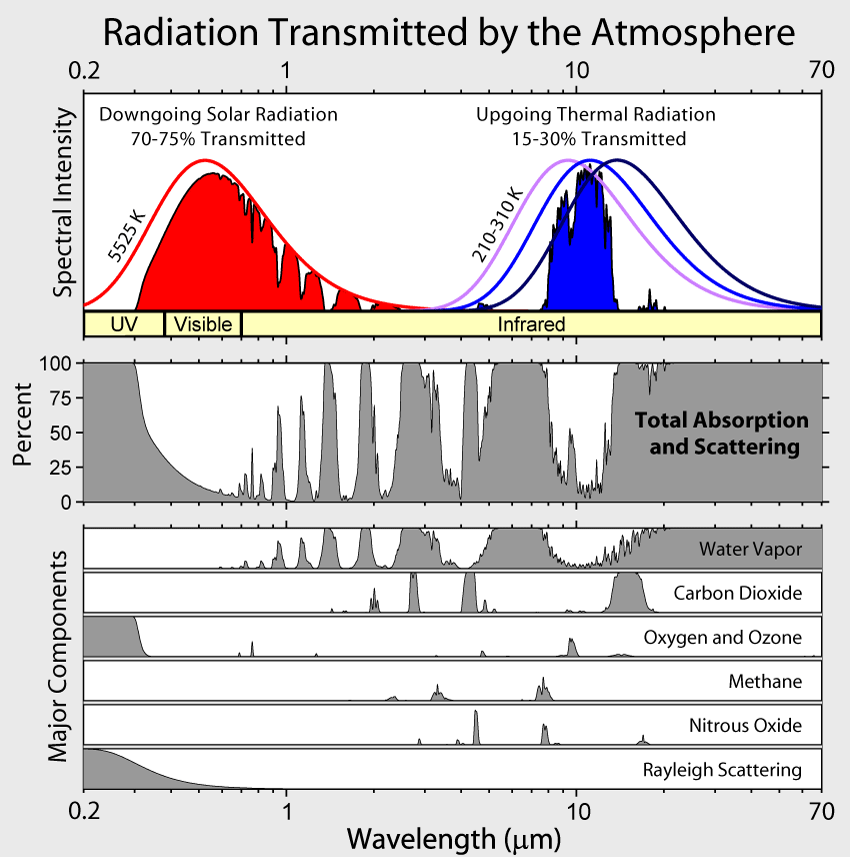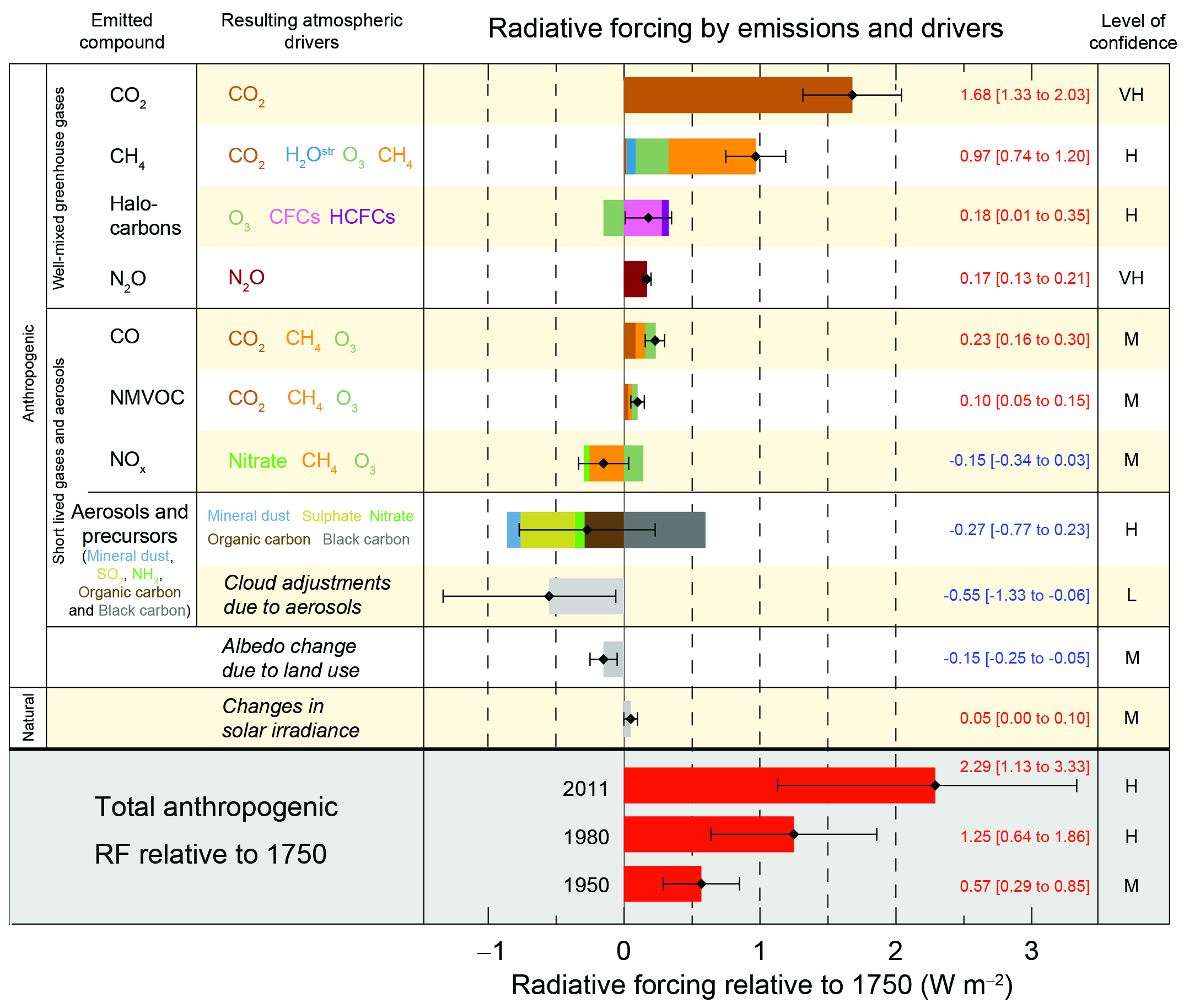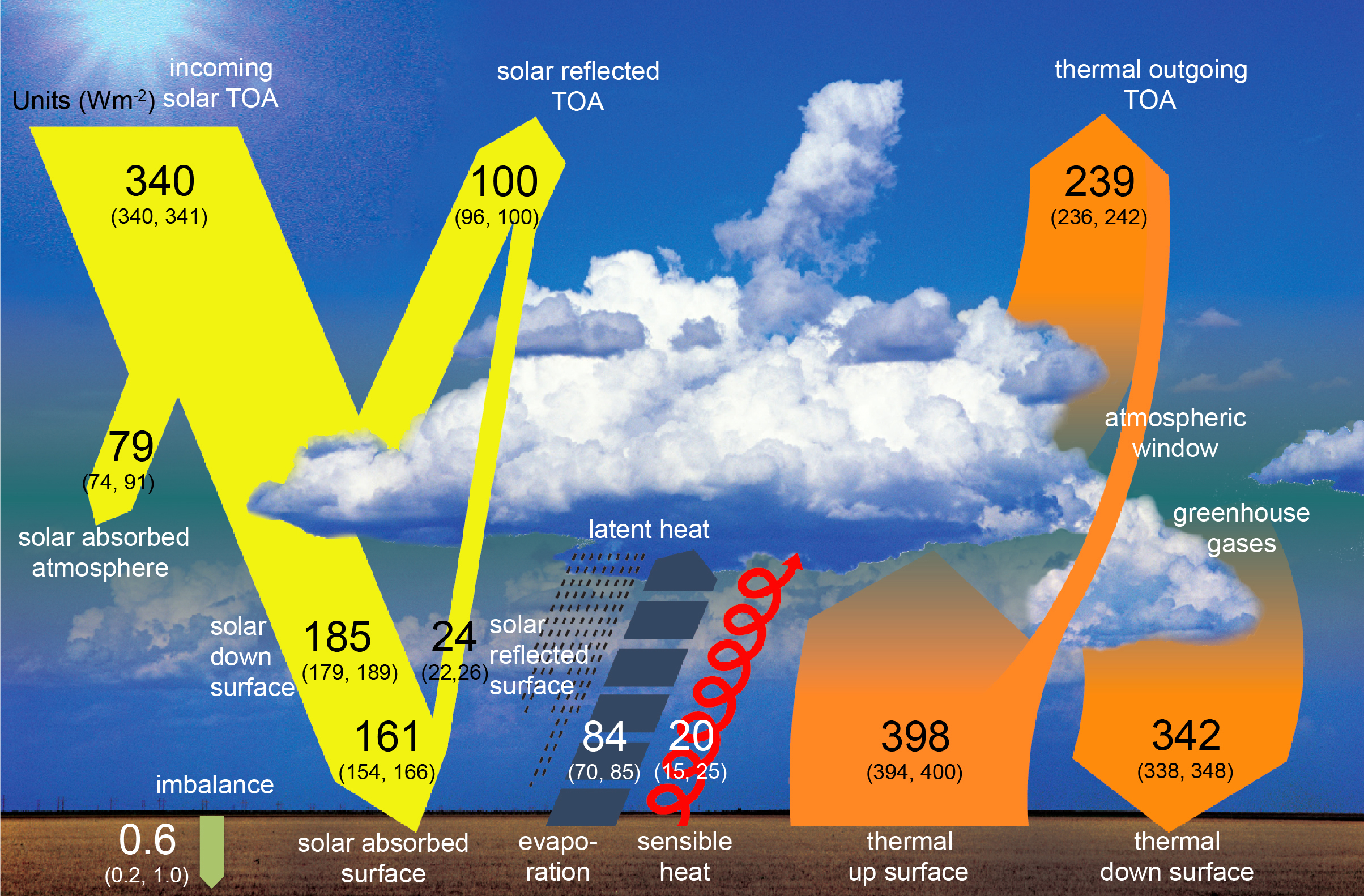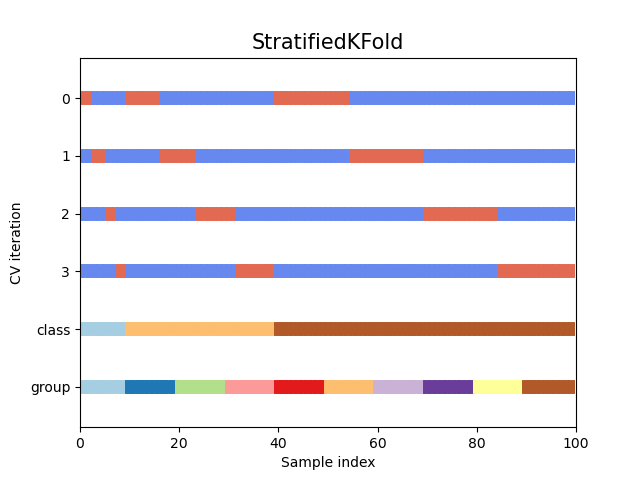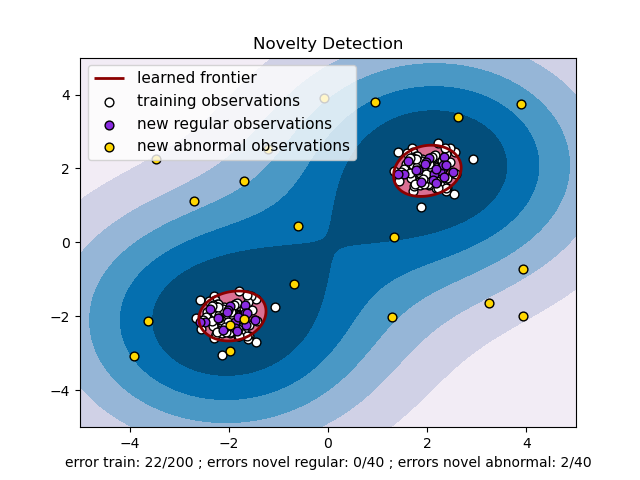About Mindmaps
This page contains the chapter maps I made from the courses I've taken in the past years, as well as some materials I learned myself from books and Internet resources. The software used to produce these maps is MindMaster 7.2 (free version).
I made these chapter maps mainly for myself to review all the materials systematically instead of wasting time going over the heavy books, the notes, and the slides over and over again. I can also quickly look up a term or a concept I am about to forget using the search tool. When I was an undergraduate student in Nanjing University, I taught my classmates based on the chapter maps without looking at the books. It can test my ability to tell the full story only with the references of the structure. I find it an excellent and powerful way to prepare for the exam, or even to build a very solid knowledge base for my future scientific research.
You can preview and download these maps for personal use. I do not own the figures and diagrams embedded in the chapter maps. Please read the following content blocks for references.

This work is licensed under a Creative Commons Attribution-NonCommercial-ShareAlike 4.0 International License.
Introduction
Covers the fundamentals of fluid Dynamics. The purpose of the course is to provide fundamental grounding in fluid dynamics and in fundamental mathematical technique at the level required to do dynamics effect. The emphasis of the examples is on geophysical and space applications.
Learning Objectives
- Be able to explain the conditions when groups of particles can be treated as a “fluid” and be able to describe conditions when the fluid approximation breaks down and particles cannot be treated as a fluid.
- Be able to apply dimensional analysis to problems to make order of magnitude estimates, simplify differential equations and determine units of quantities, including integrals of distributions functions.
- Be able to use dimensional analysis to determine geometrically and dynamically similar flow regimes and the non-dimensional numbers that govern these types of regimes. Examples considered in class will include the Reynolds and Rossby numbers, but students should be able to apply dimensional analysis to new problems and situations.
- Be able to write down and provide a physical explanation for each of the terms in the equations describing conservation of mass and linear-momentum for a fluid.
- Be able to explain the difference between Eulerian and Lagrangian reference frames and be able to write down equations that transform between reference frames.
- Be able to linearize differential equations and use the linearized equations to obtain dispersion relations and/or growth rates of instabilities. Examples considered in class may vary, but could include sound waves, gravity waves, Rossby waves along with Rayleigh-Taylor instability, Kelvin-Helmholtz instability. Students should be able to apply the linearization procedure to new problems beyond those covered in class.
- Be able to explain, using words and equations, the difference between stable and unstable flow.
- Be able to explain, using words and equations, the difference between the phase and group speed of waves.
- Be able to write down equations describing the Coriolis and Centrifugal forces and explain the effect of these forces using mathematical and physical arguments.
Introduction
Introduction to physical mechanisms that determine climate, including relevant atmospheric, hydrologic, cryospheric, solar/orbital, volcanic, and human processes. Discusses quantitative and descriptive techniques to understand how radiative, thermodynamic, and dynamic processes distribute energy throughout the Earth System, drive climate feedback, and determine the sensitivity of Earth's climate to external perturbations.
Learning Objectives
- Understand the components of the energy budget at the surface and top-of-atmosphere, how they vary in space and time, and how they relate to equilibrium planetary emission temperature
- Represent and calculate climate sensitivity using a linear framework of independent feedback mechanisms
- Understand Earth's key physical climate feedback mechanisms, including temperature (Stefan-Boltzmann), water vapor, lapse rate, albedo, and cloud feedbacks
- Describe how different types of clouds and cloud properties influence Earth's terrestrial and solar energy budgets
- Apply an idealized mathematical framework to describe the transient response of global mean surface temperature to time-varying radiative forcings
Introduction
This course will provide the students with the basics concepts and processes of the electromagnetic spectrum, of radiative emission, absorption and scattering, and of radiative transfer. The basic physics behind these processes will be discussed, including atomic and molecular structure and the interaction of atoms and molecules with the electromagnetic field. We will primarily apply these concepts to atmospheric science and climate physics, although some examples of applications to the solar atmosphere will also be discussed.
Physical processes, mathematical representation and numerical modeling of radiative transfer through atmospheres. Rayleigh and Mie scattering. Gaseous absorption and emission lines and line broadening. Numerical considerations and approximations. Applications include radiative energy balance and global climate, satellite remote sensing of atmospheres, and propagation through ionized media.
Introduction
Objective methods are introduced for analyzing climate data with inherent spatial and/or temporal correlation scales. These include time series analysis, pattern recognition techniques, regression, and linear modeling. The emphasis are both the usage of such methods and critical evaluation of literature that employ them.
Learning Objectives
- Using the methods: from the lowest to highest expectations
- Get familiar with common data analysis methods and fundamentals of statistics
- Be able to make the correct choice and use it correctly
- Be able to correctly interpret the results, mathematically and physically. Be able to estimate associated uncertainties in a reasonable way
- Create and design new approaches
- Assessing the methods: from the lowest to highest expectations
- Be able to understand the data analysis techniques used in the literature
- Be able to critically evaluate the techniques used in literature
- Be able to connect the success/failure in data analysis with the strength/weakness of the results and to provide constructive suggestions
Introduction
This course covers the principles of data mining, exploratory analysis and visualization of complex data sets, and predictive modeling. The presentation balances statistical concepts (such as over-fitting data, and interpreting results) and computational issues. Students are exposed to algorithms, computations, and hands-on data analysis in the weekly discussion sessions.
This course will provide an introduction to data mining / statistical learning. It covers statistical foundations of learning and mining methods, dimension reduction, classification, regression and clustering. Emphasis will be on the models, intuition, and assumptions. For all the methods covered, we will also learn the R code and applications to real-world problems.
High-level overview of radiative transfer, summarized by Prof. Xianglei Huang, is condensed to three mindmaps.
Course Design
In Winter 2020, I took time to read two chapters of a machine learning book "Hands-On Machine Learning with Scikit-Learn, Keras, and Tensorflow". Considering the importance of machine learning as a powerful tool in various disciplines and fields at present, I decided to read the whole book in the spring and summer semester of 2020.
There are 19 chapters in the book. The content of the first half of the book has been covered in STATS 415 in the fall semester. The content of the second half of this book is new, and it may be more difficult to read.
The tasks of this course include:
- Lecture: read the book, and have a full understanding of the concepts involved
- Lab: learn the code on the Jupyter Notebook included in the book
- Mindmaps: draw a mindmap for each chapter, summarizing the materials
- Homework: complete a set of selected assignments every month
- Final Project: choose a topic by yourself, apply machine learning methods, complete an analysis report, and complete it before the end of the year
Course Design
The goal of this course is to learn the theoretical basis of climate models, understand the basic principles of various climate models, and master the methods and techniques of using CESM models. In particular:
- Lecture: watch the lectures in CESM Tutorial 2019
- Mindmaps: according to the content of each lesson, make the corresponding chapter summary
- Practice: complete the small exercises in the corresponding chapters on the website
- Final Project: design a small scientific research project by yourself. You can discuss with your supervisor and combine it with the existing scientific research projects, and complete it before the end of the year.
Introduction
(From Course Syllabus) Survey of recent research on learning in artificial intelligence systems. Topics include learning based on examples, instructions, analogy, discovery, experimentation, observation, problem-solving and explanation. The cognitive aspects of learning will also be studied.
Being a graduate level course, this course aims to provide a rigorous introduction to the field, with an emphasis on fundamental concepts, key derivations and techniques, and important applications. Students who successfully complete this course will be able not only to apply standard ML algorithms, but also appreciate why they work from a variety of perspectives, and apply their knowledge in novel settings.
- Supervised and unsupervised learning, with a little online learning at the end
- Derivation of algorithms from basic principles
- Discussion of general phenomena that pervade ML (generalization, overfitting, regularization, convergence, etc.)
- Implementation of core algorithms
- Exposure to modern challenges and applications
- Self‐directed exploration through literature reviews and project
Course Design
The purpose of this course is to review the basic knowledge of atmospheric dynamics, master the English terminology in dynamics, and learn some advanced knowledge points. The designed curriculum tasks include:
- Book Reading: The main textbook to be read is Mankin Mak's Atmospheric Dynamics, with a total of 12 chapters.
- Mindmaps: Make a summary for each chapter. You can refer to the summary of the author at the end of each chapter in the book.
- Seminars: Watch the archived AMS Monographs lectures
